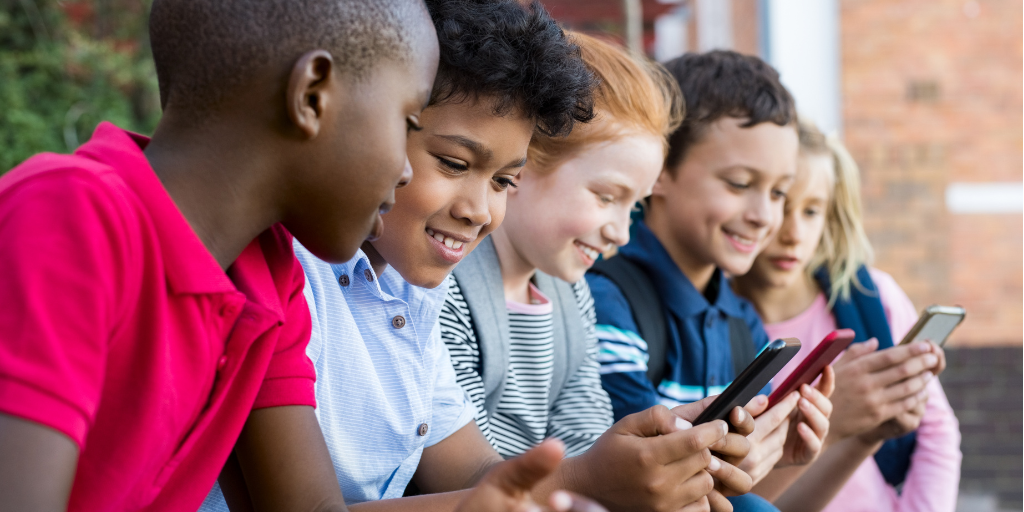
The BrightCanary Breakdown series distills research about kids, the internet, and social media into essential takeaways.
There’s a racial bias in research on teen social media use, according to a new article by research scientist Linda Charmaraman and doctoral candidate J. Maya Hernandez.
In their article “Research on teen social media use has a racial bias – studies of white kids are widely taken to be universal,” the authors explain how research on social media use by teenagers in the U.S. is often biased towards white adolescents. The problem with focusing on a single racial group: we don’t understand the experiences of adolescents from diverse racial backgrounds.
Most of the tweens and teens used in studies on social media to date have been white, leading to assumptions that their experiences are universal. But social media use is shaped by a variety of factors, including race, ethnicity, and socio-economic status.
This racial gap means most media coverage about the impact of social media use doesn’t accurately or fully represent the experience of tweens and teens of color.
Commonly accepted portrayals of teens online distort or obscure the experiences of teens of color. These teens often have different online experiences, face different harms and may be using social media to share and present underrepresented aspects of themselves and their experiences.
Since few studies have been done on how marginalized populations use social media, there are still many unknowns. But here are some of the differences that have been identified in studies so far:
These examples highlight how social media use is not a universal experience, but it is shaped by a variety of factors — including race and ethnicity. Social media also appears to play a unique, positive role in providing support to young people from marginalized groups.
...having a sense of belonging on social media has profound effects for young people of color.
More research — conducted in a more nuanced and inclusive way — is needed to examine how social media use impacts the experiences of teenagers from different backgrounds, and how it may contribute to social inequalities.
In the meantime, mainstream articles about the impact of social media use should disclose the limitations of the studies they cite, such as small sample sizes and a lack of diverse participants.
There are benefits of using social media, such as protection against discrimination, help with identity formation, and building a sense of community. There are also distinct downsides for tweens and teens. Those risks will vary based on several factors, including race and ethnicity. It’s an unfortunate reality that kids from marginalized groups may find themselves more exposed to harassment and bullying than their white peers; they may also find valuable support for this online. Parents should take this into account when making decisions about when and how to let their child use social media.